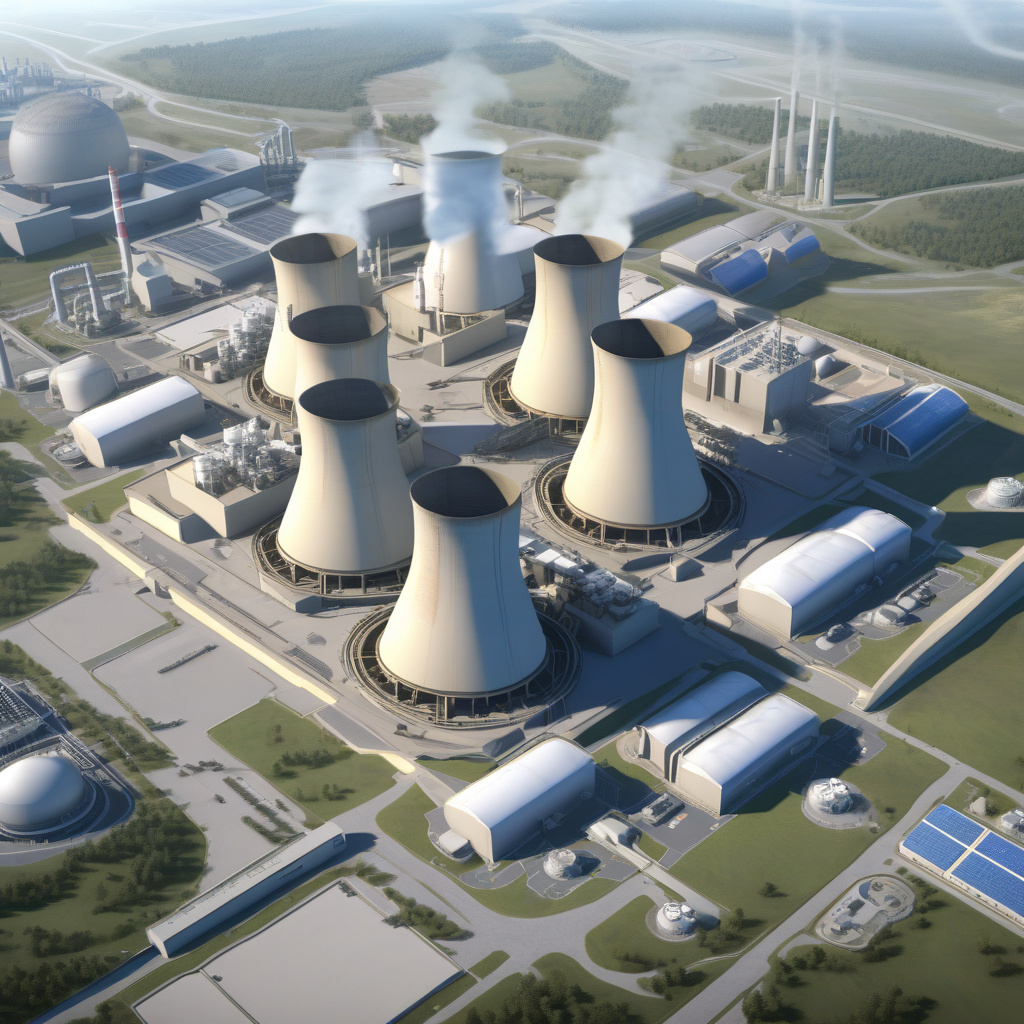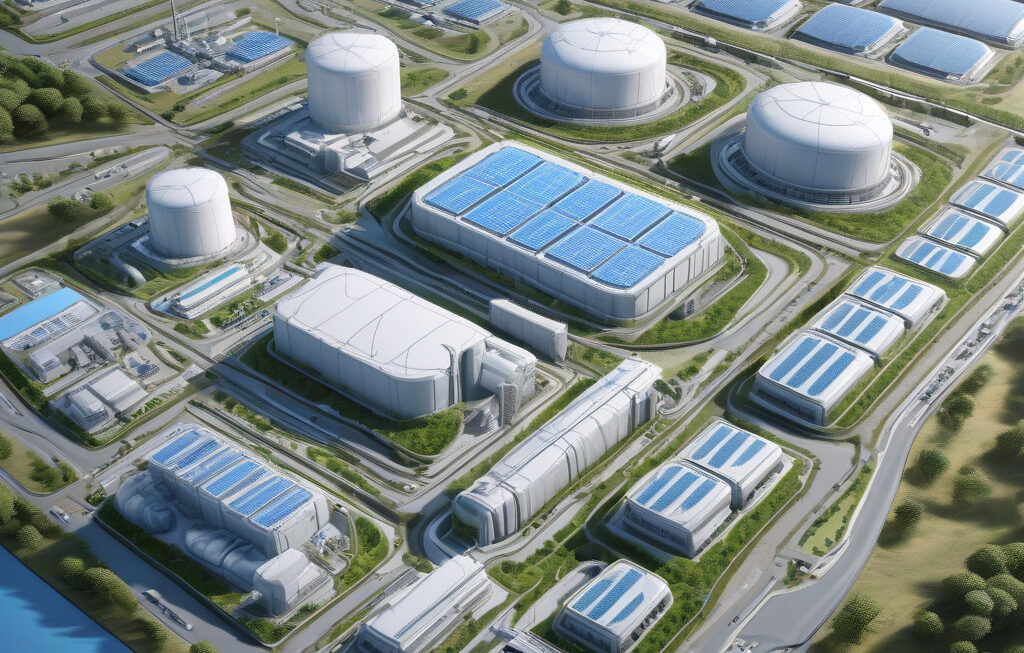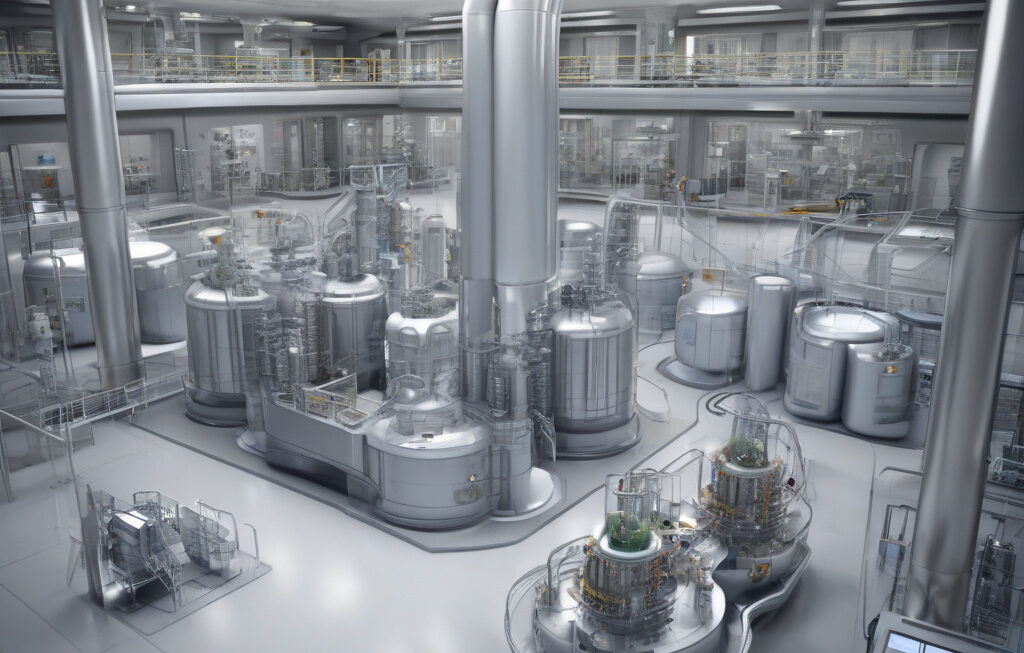Nuclear Energy Race: US Fast-Tracks New Reactor Design Testing to Outdo China
The United States government has announced a new pilot program which aims to unlock private investment in advanced nuclear reactor technologies. This initiative comes at a crucial time when the US is seeking to regain its competitive edge in the global nuclear energy race, particularly against key players like China.
While China has been making significant strides in nuclear energy development, the US has been facing challenges in maintaining its leadership position in this critical sector. In response to this growing competition, the US Department of Energy has launched the Advanced Reactor Demonstration Program (ARDP) to accelerate the development and commercialization of advanced nuclear reactor designs.
One of the key objectives of the ARDP is to fast-track the testing and demonstration of advanced reactor technologies, with a focus on enhancing safety, efficiency, and cost-effectiveness. By providing support for private companies to conduct prototype testing, the program aims to bridge the gap between innovation and commercial deployment, ultimately paving the way for the next generation of nuclear reactors.
One of the most promising reactor designs that will be tested under the ARDP is the Natrium reactor, developed by TerraPower, a company founded by Bill Gates. The Natrium reactor is a sodium-cooled fast reactor that offers several advantages over traditional nuclear reactor designs, including enhanced safety features and the ability to use spent nuclear fuel as a resource.
By investing in innovative reactor technologies like the Natrium reactor, the US aims to not only strengthen its position in the global nuclear energy market but also to address key energy challenges, such as reducing carbon emissions and ensuring a reliable energy supply.
In contrast, China has been aggressively expanding its nuclear energy capacity in recent years, with a focus on both traditional light-water reactors and advanced reactor technologies. The Chinese government’s significant investment in nuclear energy has enabled the country to rapidly deploy new reactors and establish itself as a leading player in the global nuclear market.
To outdo China and other competitors, the US must continue to drive innovation in nuclear energy and create a supportive regulatory environment for the development of advanced reactor technologies. By leveraging public-private partnerships and prioritizing research and development in nuclear energy, the US can regain its competitive edge and lead the way in shaping the future of nuclear power.
In conclusion, the US government’s decision to fast-track new reactor design testing through the ARDP marks a significant step towards revitalizing the country’s nuclear energy sector. By investing in advanced reactor technologies and fostering innovation, the US can position itself as a global leader in nuclear energy and ensure a sustainable energy future for generations to come.
nuclear energy, US, China, reactor design, ARDP












